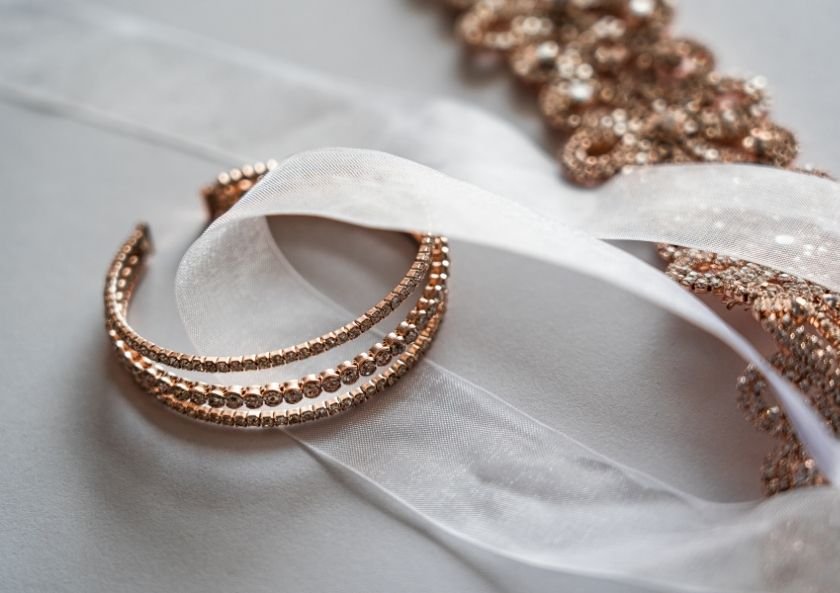Nickel is found in inexpensive costume jewelry, earrings, watches and watch straps, jeans buttons, pins, zippers, lighters, batteries, coins, keys, buckles, eyeglass frames, orthodontic and orthopedic appliances, and can cause nickel allergy.
Nickel can also be found in metal hardware, furniture, appliances, washing machines, shavers, scissors, paper clips, kitchen tools and appliances, silverware, and handles.
Dietary nickel can trigger dermatitis in individuals with sensitivity to nickel, and foods reported to be high in nickel include legumes, nuts, whole grain flour, oats, soybeans, shellfish, fish, licorice, chocolate, and potatoes.
Additionally, herbal remedies, herbal teas, and some OTC multivitamins contain high levels of nickel and have the potential to cause a reaction when ingested in sufficient quantities.
The use of some medical devices, such as nickel-containing infusion cannulas, mitral valve prostheses, and intravenous catheters, has been reported to cause nickel-related reactions.
Dental restorations and devices containing nickel have also been reported to elicit an allergic response in susceptible individuals.
How Can Contact With Nickel Allergy Be Prevented?
Avoid products that list any of the following names in the ingredients:
- Nickel sulfate (NiSO4),
- Nickel (Ni),
- Nickel alloys,
- Elemental nickel,
- Nickel-soluble salts,
- Carbonyl nickel powder,
- Nickel plated,
- Nickel catalyst.
Which Products Contain Nickel Allergy?
- Watches
- Belt Buckles
- Clothing Fasteners
- Buckles,
- Buttons,
- Hooks,
- Rivets,
- Pins,
Products Used in Complementary and Alternative Treatments
- Asthma, acne, atopic dermatitis, seborrheic dermatitis and psoriasis treatments,
- Herbal medicines,
- Herbal teas,
- Multiple vitamins.
Construction Materials
- Alnox (Standard) Electrical Connection,
- Colorant (Quikrete Color-Pack) for cement and concrete.
Foods (may be higher in canned foods)
- Chocolate,
- Fish,
- Cereals,
- Legumes,
- Hazelnut,
Gift of jewelry
- Earrings,
- Hair Ornaments,
- Metal Costume Jewelry,
- Some jewelry made of white gold, 14k yellow gold, chrome, bronze or brass.
Materials found at home
- Tools,
- Batteries,
- Coins,
- Cooking utensils,
- Eyeglasses frames,
- Handles,
- Keys,
- Lighters,
- Needles,
- Paper holder,
- Razor blade,
- Scissors,
- Silverware,
- Washing machines.
Medical devices
- Intravenous catheters,
- Joint replacements,
- Nickel-containing infusion cannulas,
- Nickel-containing mitral valve prostheses.
Metal hardware, furniture and appliances
Orthodontic and Orthopedic Devices
- Orthodontic Instruments
Important note
The most common cause of nickel sensitivity in women is ear piercing and direct contact with jewelry containing nickel. Both the piercing procedure and the use of jewelery after it can cause sensitivity.
Despite attempts in some countries to ban the sale of jewelry, eyeglass frames or clothing accessories containing nickel, nickel allergy is increasing in both men and women (every reported decade).
About 24% of US adults ages 15-50 have one or more body piercings. When it comes to ubiquitous exposure to nickel, the factor indicates that nickel allergy will continue to be a major source of allergic contact dermatitis.
Sweating is a factor in nickel dermatitis, and patients often report that dermatitis is worse during warmer times of year. A nickel body used on sweaty skin can cause an itchy rash or tingling sensation within 15-20 minutes, and a reaction will occur within 45 minutes to an hour.
The same person can use the same object for hours without reaction at lower temperatures when the skin is cool and not sweating. The presence of sweat along with other factors such as friction and pressure determine whether a nickel-plated object will produce dermatitis in a susceptible person.



